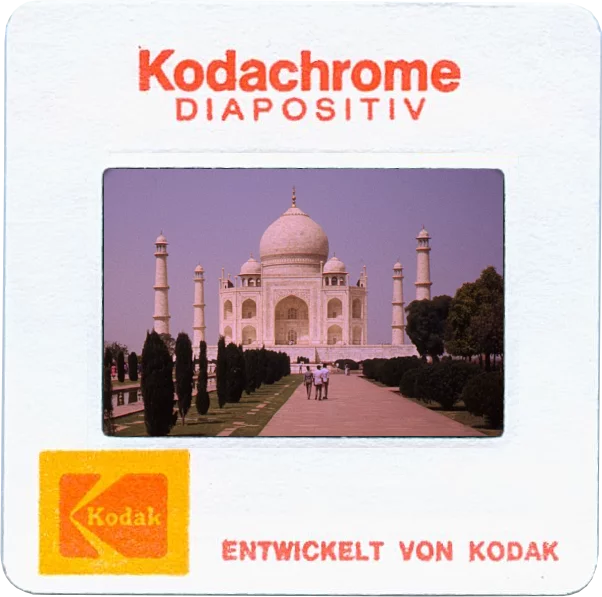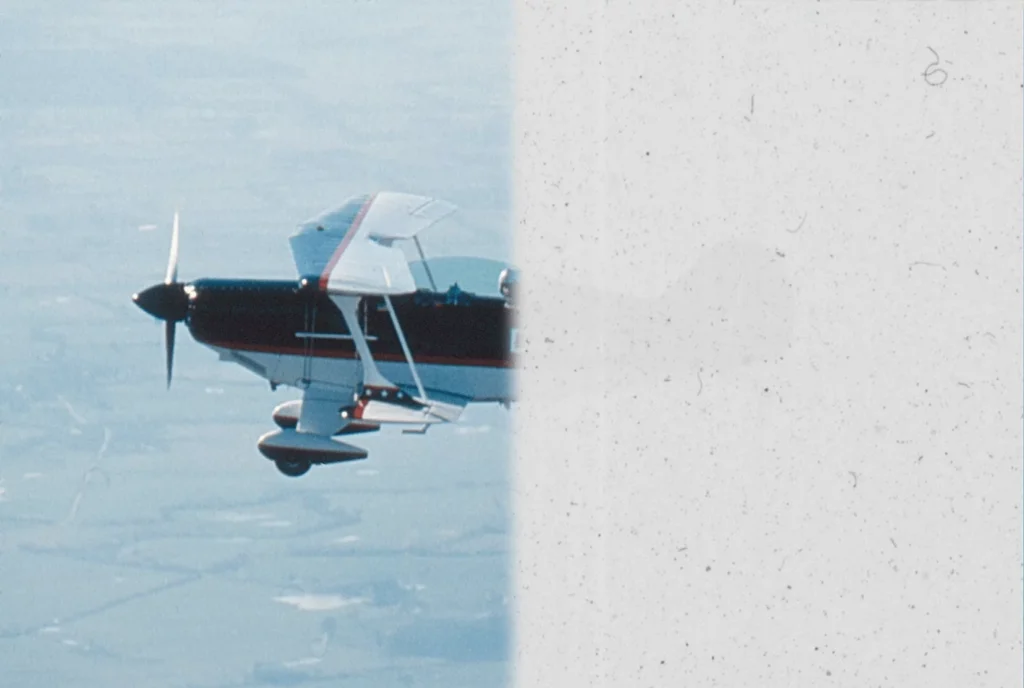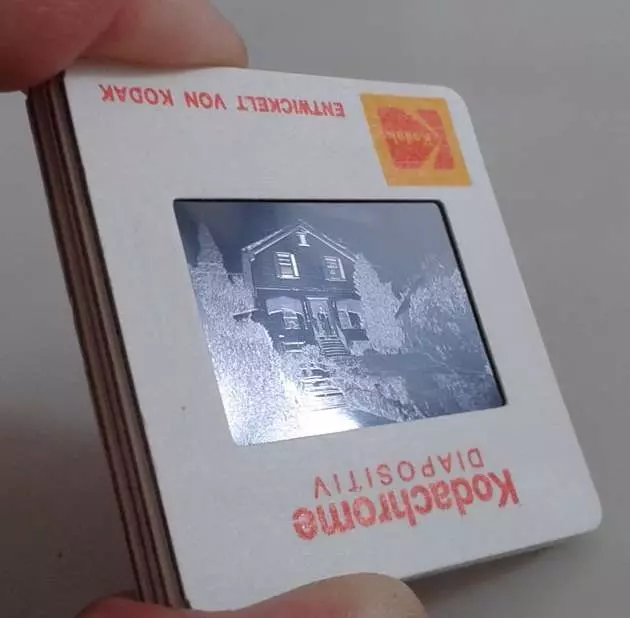Mám ve svém obrazovém archivu víc než milión diapozitivů Kodachrome. Proces digitalizace těchto snímků mi objasnil, že nejnákladnějším faktorem je čas, potřebný k odstraňování prachu a škrábanců. Díky bohu existuje software SilverFast. Funkce na odstraňování prachu a škrábanců v tomto softwaru přináší enormní úsporu času. Jestli doporučuji software SilverFast? Na to si můžete vsadit.
Skenování filmů Kodachrome
Je opravdu nutné představovat filmy Kodachrome? Asi ne. Pro analogové fotografy je Kodachrome známý pojem a mnohdy víc než jen to: je to vzpomínka, kus historie, pocit. Kodachrome vynalezli hudebníci Leopold Godowsky a Leopold Mannes. Během spolupráce se společností Kodak navázali na základní výzkum Dr. Rudolfa Fischera. Říká se, že Kodachrome vytvořil Bůh tj. God(owsky) a Člověk tj. Man(nes). V letech 1935 až 2009 měl Kodak velký úspěch při výrobě tříbarevného filmu.
Diapozitivy Kodachrome se obecně vyznačují vynikající ostrostí, jemným zrnem a přirozenou věrností barev. Jedním z klíčů společnosti Kodak k úspěchu byla vysoká kvalita. Pro dlouhodobé zachování těchto působivých filmů je nutné jejich správné skladování.
Vyzkoušejte SilverFast zdarma!
Stáhněte si naši demo verzi a poznejte SilverFast nezávazně. Už jste přesvědčeni? Navštivte náš online obchod, kupte si SilverFast a odemkněte plnou verzi.







